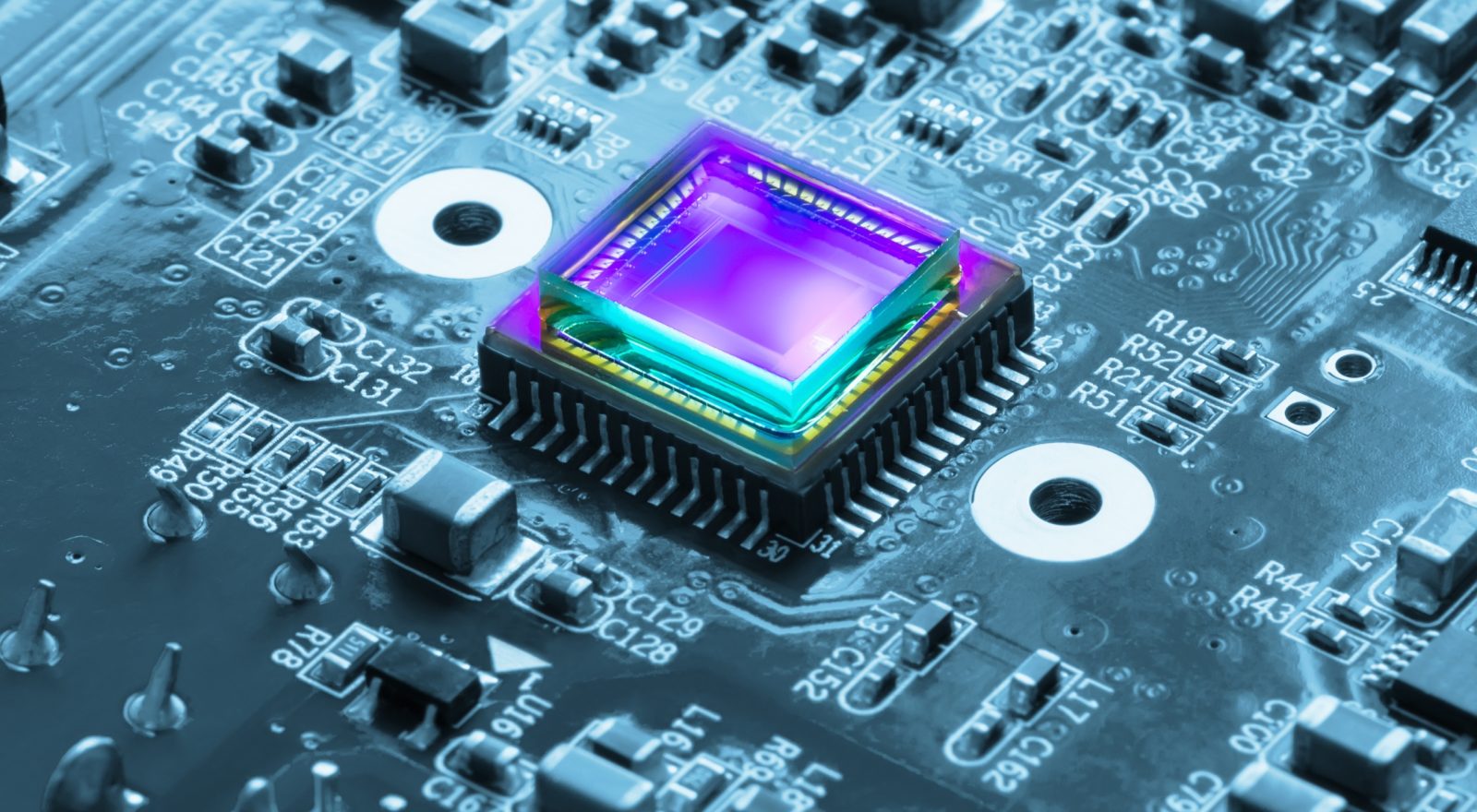A vision of future 6G from the point of view of Micro-Nano Hardware components
What a potentially catastrophic failure in a passenger flight, back in 1982, has to do with future visions and prospects of 6G in 2030? This article will address the red wire linking these facts.
To date, while 5G is being deployed since a couple of years, the research community is already sketching what 6G will be, looking at the horizon of 2030. It is a belief shared by relevant scholars that 5G, despite marking several leaps forth with respect to previous generations, will not be powerful enough, in terms of transferred data, speed, reliability and coverage, to support the capillary spread-out of the Internet of Things (IoT) paradigm, which will require huge amounts of interconnections among a plethora of physical items, like wearables, distributed sensors, implantable devices, and, of course, smartphones.
Despite challenging, this is just part of the whole picture. In fact, the unprecedented disruption inherent to 6G is the massive capitalization upon Artificial Intelligence (AI). If its use to improve services offered to end users is rather straightforward and already ongoing now with 5G, on the other hand, future 6G will leverage AI to enhance network operation. This means that the Software (SW) along with the physical Hardware (HW) infrastructure, will jointly implement never seen before features, like self-rection to real-time constraints (resilience) and self-evolution of implemented services and functionalities.
It is belief of the author of this article that such disruptive characteristics cannot be properly addressed simply relying on classical development and co-design approaches, successful up to now in realizing HW-SW systems. In particular, partial reformulation of the standard concept of HW is forecasted as pivotal, to increase the level of abstraction that low-complexity HW components are able to implement. To this end, a crucial role is forecasted for Micro/Nano technologies (MEMS and NEMS) in making the transition to 6G fully achievable, in the next decade.
Just to mention a few examples of Micro/Nano devices that will empower the 6G revolution, it is worth mentioning highly-integrated smart multi-functional sensors and actuators, energy harvesters able to provide electric power from environmental sources, as well as frequency agile widely reconfigurable MEMS for Radio Frequency (RF) passive components, known as RF-MEMS. In particular, advanced research on the latter class of miniaturized devices is being pushed forward since a long time at Fondazione Bruno Kessler.
Returning to the passenger flight mentioned above, the incredible story is that of British Airways Flight 009 (BA009), which suddenly lost all the four engines, in the night of 24 June, 1982. Despite such a critical failure, the crew managed to safely land the Boeing 747 in Jakarta airport, shortly after the malfunctioning occurred. The BA009 accident is reported in detail in the introduction to the book (https://iopscience.iop.org/book/978-0-7503-4199-8) on RF-MEMS technology for 5G/6G, along with a short interview to the son of the Engineer Officer flying the Boeing 747 that night. The book introduction is available here:
Part 1
https://www.linkedin.com/pulse/five-years-after-lesson-transcending-science-part-1-jacopo-iannacci/
Part 2
https://www.linkedin.com/pulse/five-years-after-lesson-transcending-science-part-2-facts-iannacci/
Part 3
https://www.linkedin.com/pulse/five-years-after-lesson-transcending-science-part-3-jacopo-iannacci/

